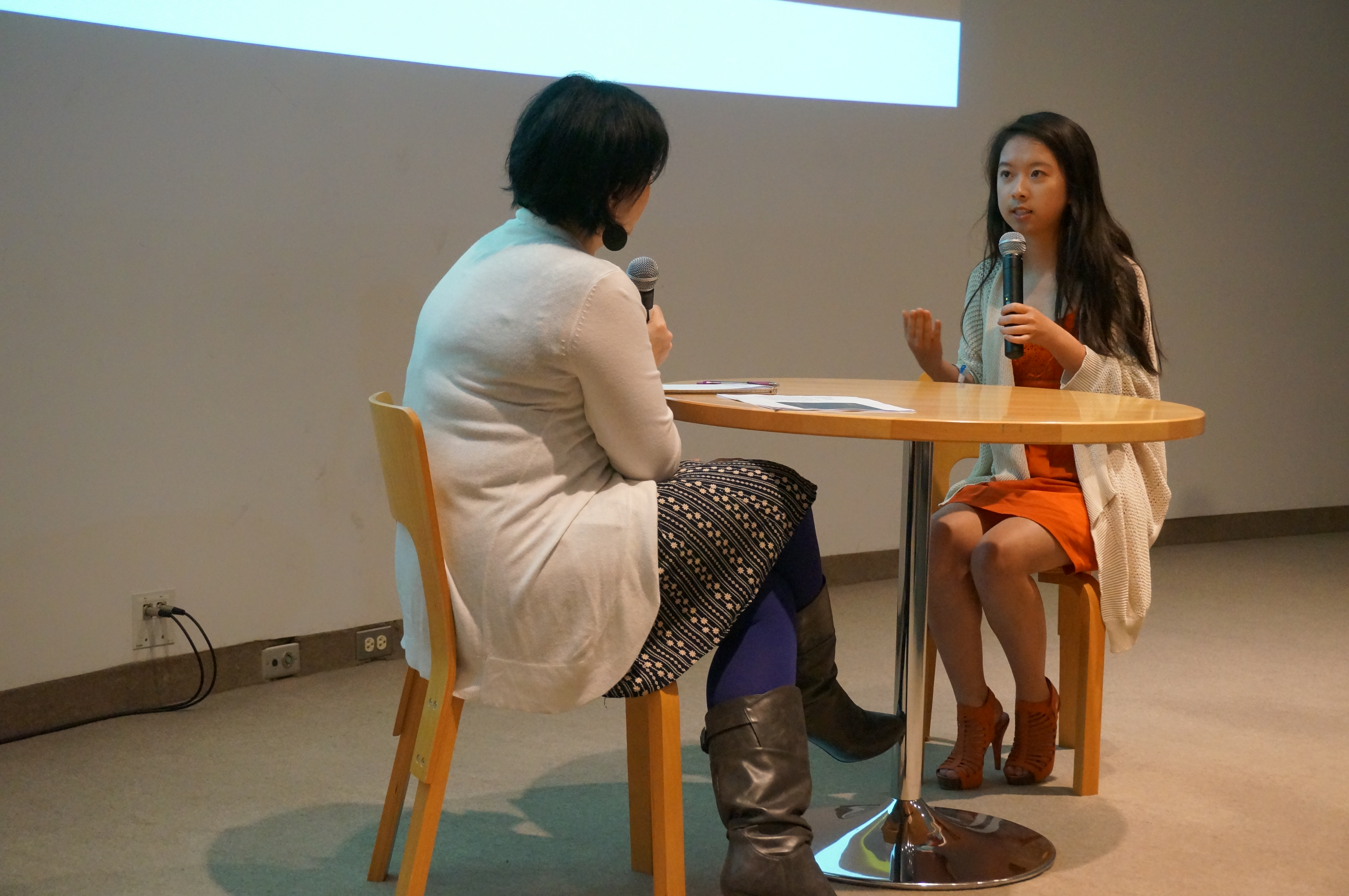The DMA hosted author Dominic Smith as part of our Arts & Letters Live 25th anniversary season, and this event is also the launch party for his new novel, The Last Painting of Sara de Vos. We are excited to be the first place where book and art enthusiasts can grab a copy of the novel and spend time with the Texas-based author. The book has already received high acclaim, including from author Ben Fountain, who praised it as “quite simply, one of the best novels I have ever read, and as close to perfect as any book I’m likely to encounter in my reading life.” Uncrated was able to chat with Smith prior to his appearance and learn a bit more about his love of art and the focal point of his novel, Sara de Vos.
DMA: Have you always been drawn to art and in particular Dutch work?
DS: I’ve always loved museums and old paintings. I first experienced the Dutch Golden Age up close about 15 years ago, when I spent a year living in Amsterdam. During my time there, I was struck by the sheer variety and output of the Dutch baroque period. Bawdy genre scenes, delicate floral still lifes, serene landscapes, austere portraits—the subjects run the gamut. And by some estimates, there were about 50,000 Dutch painters plying their trade across the 17th century; if you walked into an Amsterdam butcher shop or bakery in 1630 you might have found floor-to-ceiling paintings. A painting could cost the same as a fish at the market, or it could cost the same as a house. This period endlessly fascinates me, especially the artistic fate of the 25 or so women who were admitted to a Guild of St. Luke, the main professional body for painters. We have surviving works for only a handful of those two dozen baroque women painters.

Johannes Vermeer, Young Woman Seated at a Virginal, c. 1670–72, oil on canvas, © The Leiden Collection, New York
DMA: Tell us a bit about your character, Sara de Vos. What do you feel Sara’s response would be to a few of the eight works from her contemporaries on view in the DMA’s exhibition Vermeer Suite: Music in 17th-Century Dutch Painting?
DS: I think Sara de Vos would be very pleased with these paintings. Like the real Judith Leyster, who sometimes painted genre scenes of merrymaking in taverns, Sara de Vos belongs to a moment of Dutch painting that celebrated music as part of everyday life. In the novel, Sara de Vos mostly paints landscapes and still lifes, but she would have greatly admired Vermeer’s Young Woman Seated at a Virginal. The light from the unseen window and the dramatic shadows on the virginal and in the woman’s clothing really capture this as a moment of suspended time. Her hands look as if they’re continuing to play the piece of music, even as she’s looking directly at us. I can’t help wondering what that music sounds like.
DMA: Why is it unique that de Vos would have painted landscapes, and how did this shape your story?
DS: There are no known landscapes by Dutch women painters of the Golden Age. So part of the conceit of The Last Painting of Sara de Vos involved working out the circumstances under which a woman might have created a landscape. The traditional explanation for the lack of landscapes by women is that it was a genre that required many hours spent out of doors and this was not the domain of women during the 17th century. I accept this explanation somewhat. But it’s worth remembering that there were women who defied convention during this time period. Maria Sibylla Merian left behind her estranged husband at the end of the 17th century and moved with her daughter to Surinam (a Dutch colony at the time) in South America for two years. She spent her days in the jungle sketching botanical specimens. If a Dutch Golden Age woman can do that, then surely she could spend a day sketching outside by herself, in preparation for a landscape that might be finished in her studio. Maybe a brother, husband, or older son could have accompanied her. My hunch is that the masters who presided over the Guilds of St. Luke decided that landscapes would be the exclusive realm of men. The novel tries to subvert this notion and bring a landscape by a baroque woman to life.
Kimberly Daniell is the Senior Manager of Communications, Public Affairs, and Social Media Strategy at the DMA.











